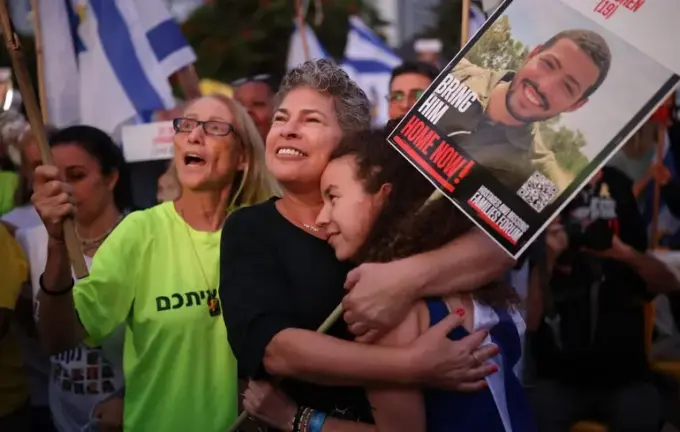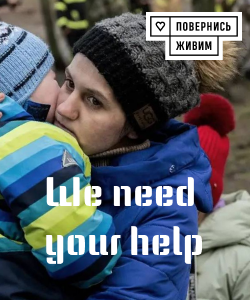Historic prisoner exchange process begins between Israel and Hamas: steps toward full release and conflict resolution

In Washington and the Middle East, a significant and complex prisoner exchange process is underway, demonstrating diplomatic efforts and a desire for peace.
On October 13, in Gaza, a special operation was launched aimed at releasing surviving Israeli hostages held by Hamas militants.
This marks the first phase of a broader ceasefire agreement and an end to hostilities in the region, brokered with the active involvement of U.S.
President Donald Trump.
Under the terms of the deal, Israel commits to releasing nearly 2,000 Palestinian prisoners by Monday, including both convicted and administrative detainees.
Following this, another group of 28 Israeli hostages is expected to be transferred — 26 of whom are deceased, with the fate of two remaining unknown.
The logistics of the operation involve the International Red Cross delivering the captives to Israeli security forces, who will then transfer them to Israel, where they will be reunited with families and transported by helicopter to hospitals.
Officials involved in the operation noted that such complex procedures require meticulous planning and security measures to minimize risks for all participants.
This process symbolizes not only a humanitarian effort but also a diplomatic breakthrough, offering hope for peace and stability in the region.

